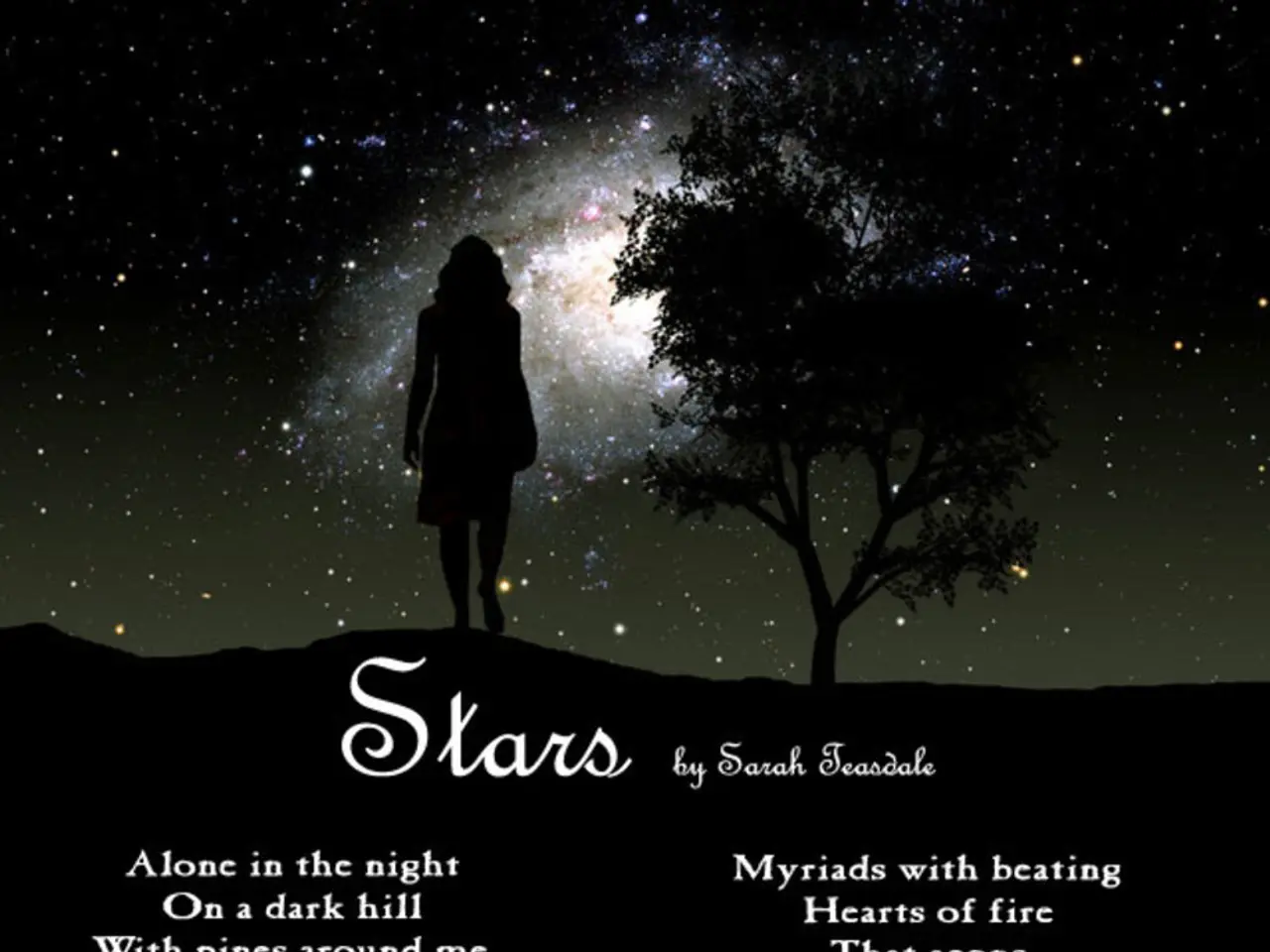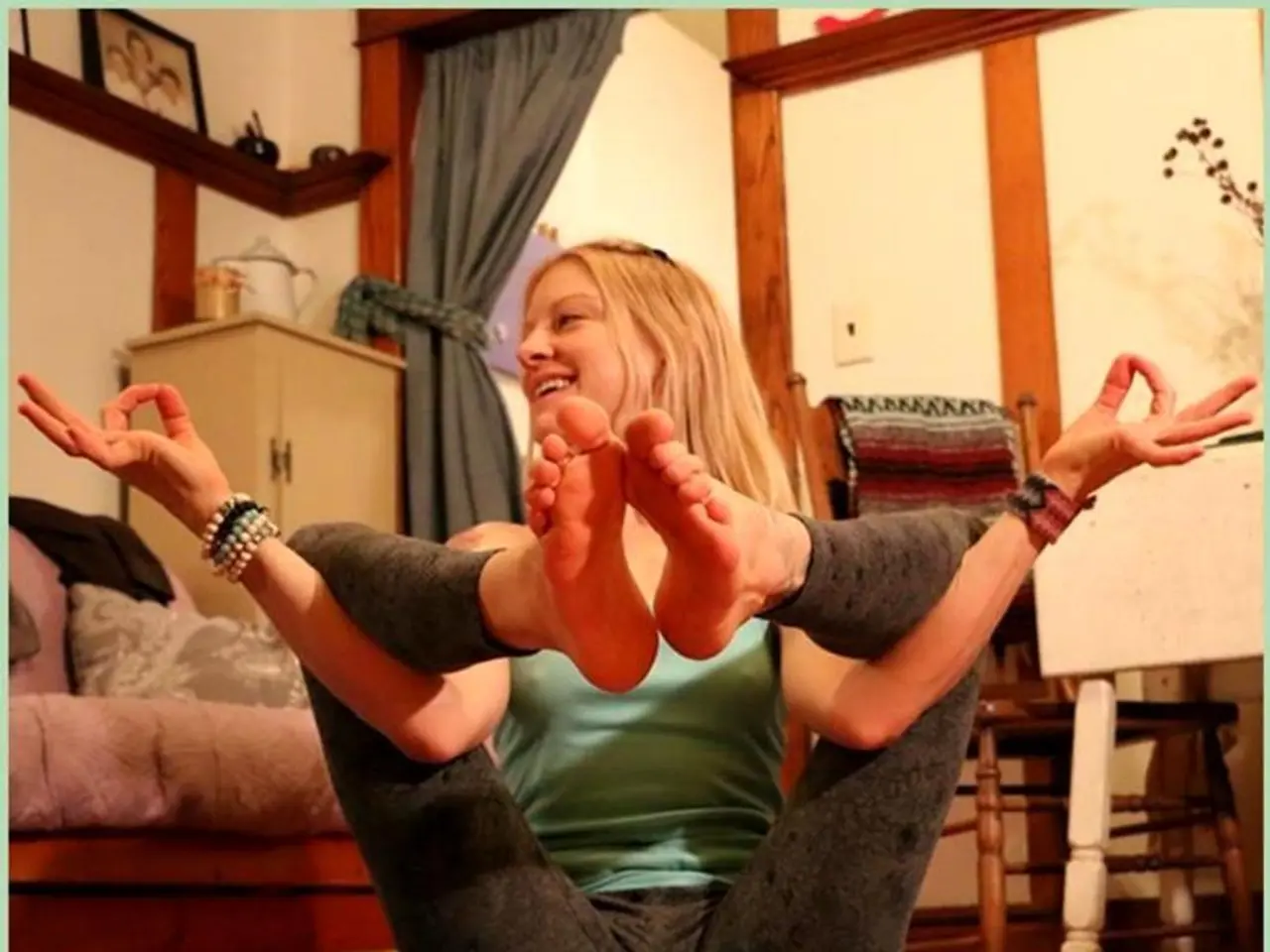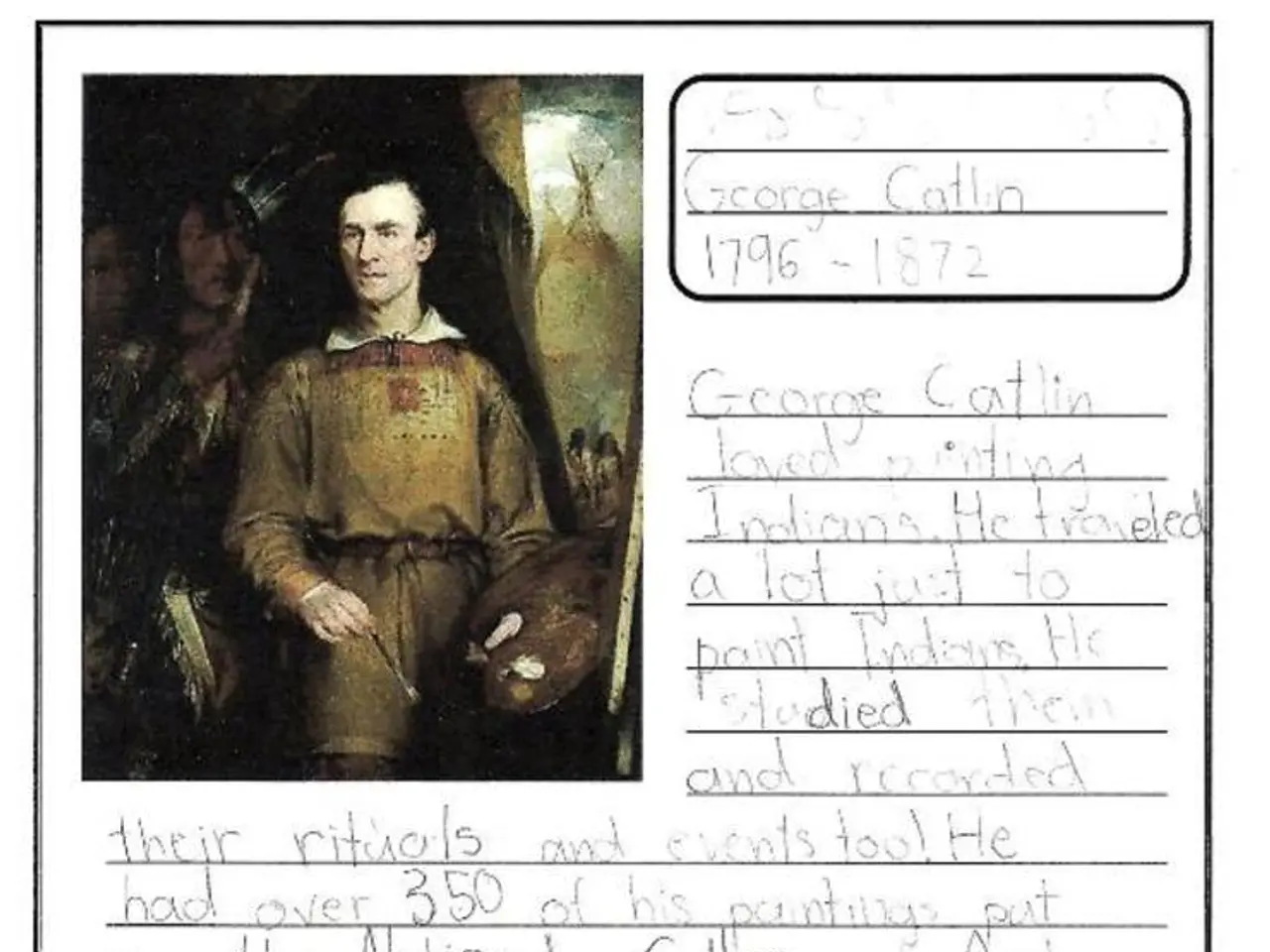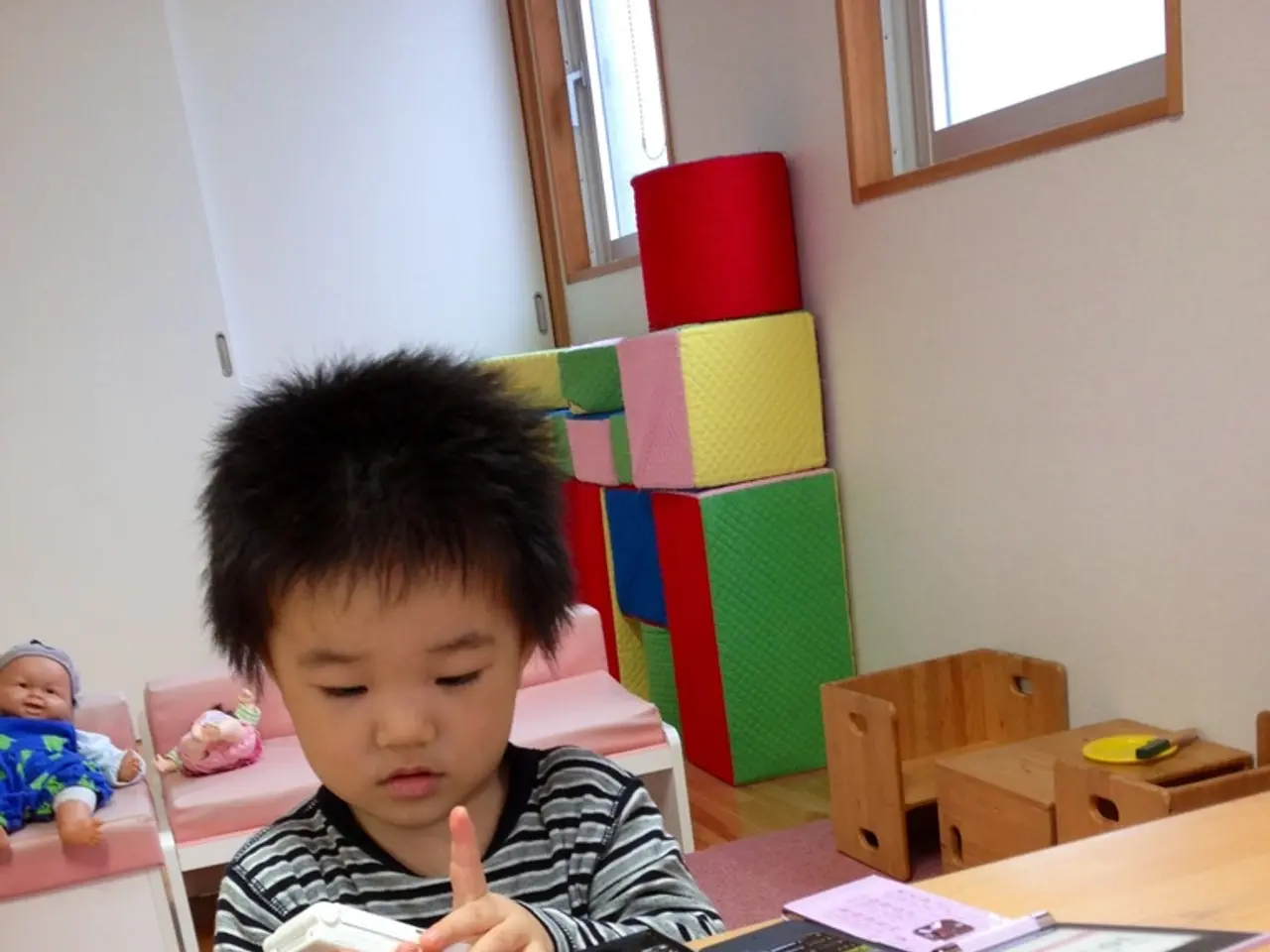Exploring the Mechanics of Poetic Expression
================================================
In the realm of literature, poetry often serves as a canvas for emotional expression and abstract thinking. However, some poets take this a step further by incorporating visual elements, creating a unique blend of language and art known as visual poetry. This innovative approach to poetry uses the arrangement and appearance of text and symbols to enhance meaning and evoke emotions, making abstract ideas or emotions visible and tangible.
One notable example of visual poetry can be found in Lewis Carroll's classic work, "Alice's Adventures in Wonderland." Here, a shape poem appears, where the words are arranged to resemble a mouse's tail. This playful use of visual form adds an extra layer of meaning to the story, reinforcing the whimsical and surreal nature of Wonderland.
Concrete poetry, another form of visual poetry, takes this concept a step further. In concrete poetry, the shape and spatial arrangement of words reflect the poem's subject or mood. For example, poems shaped like trees, hearts, or tears use the layout to visually reinforce the theme. A descending vertical arrangement mimicking falling tears might emphasize sadness, while radiating words spreading from a central point could symbolize joy overflowing. Variations in text size, direction, and spacing further intensify these effects, guiding the reader’s eye and creating dynamic movement within the poem.
Acrostics, a type of poetry where the first letters of each line spell out a word or message, also integrate visual form with verbal content. This technique adds a layer of discovery for the reader and links the visual structure with thematic content.
Visual effects are not limited to the arrangement of words on the page. Calligraphy, with its stylized handwriting or lettering, transforms poetry into a visual art. The flow, curves, and ornamentation of the script enhance the mood or tone, making the text itself a visual expression of the poem’s emotion or cultural context.
Illustrations, too, play a significant role in visual poetry. They provide direct pictorial representations that complement or contrast the text, offering a richer sensory experience and helping readers visualize the poem’s imagery more vividly. However, it's important to note that illustrations can also be ornamental, enhancing the poem's aesthetic appeal without necessarily contributing to its meaning.
Shel Silverstein, a renowned poet and illustrator, is a prime example of this integration of text and art. Many of his poems feature accompanying illustrations that help bring the abstract concepts and whimsical characters to life. Some of Silverstein's poems may be vague or difficult to understand without the accompanying illustration, demonstrating the symbiotic relationship between words and images in visual poetry.
In conclusion, visual effects contribute significantly to creating visual imagery in poetry. By making internal feelings or abstract concepts visibly concrete, these techniques support emotional literacy and deepen reader engagement. Whether through concrete poetry, acrostics, calligraphy, or illustrations, poets continue to push the boundaries of traditional poetry, creating a vibrant and evolving art form that bridges language and art.
[1] Visual Poetry: A New Frontier in Literature. (2020). Retrieved from www.poetryfoundation.org/articles/72136/visual-poetry
[2] The Power of Visual Poetry. (2018). Retrieved from www.theguardian.com/books/2018/jun/02/the-power-of-visual-poetry
[3] The Art of Visual Poetry. (2017). Retrieved from www.poets.org/poetsorg/text/art-visual-poetry
A lifestyle incorporating home-and-garden aesthetics may emphasize the harmony between nature and art, mirroring the approach of visual poetry. The strategic placement of potted plants, designer furniture, and art pieces can create visually appealing arrangements, similar to the layout of concrete poetry.
Some homeowners, embracing the idea of visual poetry, might even design their homes to resemble abstract concepts or emotions, using colors, textures, and architectural features as symbolic elements. For instance, a descending staircase might mimic falling tears, emphasizing sadness, while radiating courtyards spreading from a central entryway could symbolize joy overflowing.




